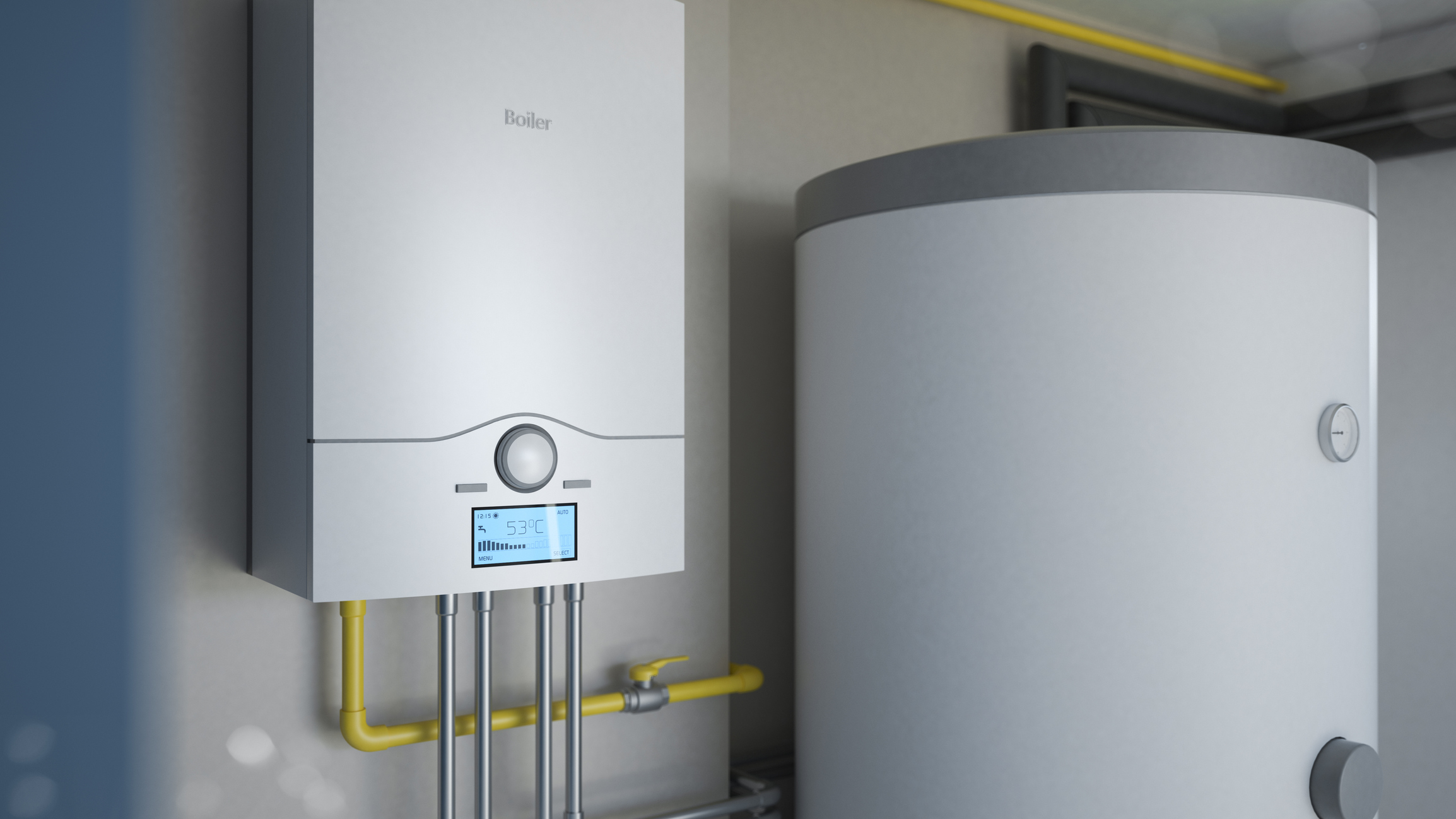How to Prolong the Lifespan of Your Home's Hot Water System Through Maintenance
How to Prolong the Lifespan of Your Home's Hot Water System Through Maintenance
Blog Article
This post further down on the subject of Water Heater Maintenance Tips You Can't Afford to Forget is totally informative. Give it a go and draw your own final thoughts.

Warm water is essential for day-to-day convenience, whether it's for a revitalizing shower or cleaning meals. To guarantee your hot water system runs effectively and lasts much longer, normal maintenance is vital. This post offers useful tips and understandings on exactly how to keep your home's warm water system to prevent disruptions and pricey repairs.
Intro
Preserving your home's warm water system may seem overwhelming, however with a few straightforward actions, you can ensure it runs smoothly for many years to come. This overview covers whatever from recognizing your hot water system to do it yourself maintenance pointers and understanding when to call in expert help.
Relevance of Preserving Your Warm Water System
Routine upkeep not only prolongs the life expectancy of your warm water system but likewise guarantees it operates successfully. Neglecting maintenance can result in lowered efficiency, greater power bills, and also early failure of the system.
Indicators Your Hot Water System Requirements Upkeep
Knowing when your hot water system requires attention can stop major problems. Watch out for indicators such as inconsistent water temperature, weird noises from the heating system, or rusty water.
Comprehending Your Warm Water System
Before diving into maintenance jobs, it's useful to comprehend the standard components of your hot water system. Commonly, this includes the water heater itself, pipes, anode rods, and temperature controls.
Month-to-month Maintenance Tasks
Regular monthly checks can help capture minor issues before they escalate.
Flushing the Hot Water Heater
Purging your water heater removes debris buildup, improving efficiency and extending its life.
Checking and Replacing Anode Rods
Anode poles prevent deterioration inside the tank. Examining and replacing them when worn is critical.
Evaluating and Changing Temperature Settings
Adjusting the temperature level setups guarantees optimum efficiency and safety and security.
Do It Yourself Tips for Upkeep
You can do numerous upkeep jobs on your own to keep your warm water system in top problem.
Looking for Leakages
Regularly inspect pipes and links for leakages, as these can cause water damages and greater expenses.
Evaluating Pressure Relief Valves
Examining the stress safety valve guarantees it operates properly and avoids excessive stress build-up.
Protecting Pipelines
Protecting hot water pipelines minimizes warm loss and can save power.
When to Call a Specialist
While do it yourself upkeep is valuable, some concerns need professional proficiency.
Facility Problems Needing Expert Help
Instances consist of significant leaks, electric troubles, or if your water heater is constantly underperforming.
Routine Professional Upkeep Perks
Specialist upkeep can consist of detailed examinations, tune-ups, and making certain conformity with safety criteria.
Verdict
Routine upkeep of your home's warm water system is necessary for efficiency, long life, and expense savings. By adhering to these suggestions and understanding when to seek expert help, you can make certain a trusted supply of hot water without unanticipated disturbances.
Water Heater Maintenance Tips
Test the TPR Valve
Shut off the power and the cold-water supply valve. Place a bucket under the pipe connected to the temperature-pressure-release (TPR) valve on the top or side of the tank. (This valve opens if the tank pressure gets too high.) Lift the valve’s tab to let some water out, then let go. If water keeps flowing, drain the tank partway, unscrew the old valve with a pipe wrench, and install a new one. Check the Anode Rod
Put a hose to the tank’s drain cock and let out a few gallons of water. Now fit a 1 1/16-inch socket onto the rod’s hex head on top of the heater (or under its top plate) and unscrew the rod. If it’s less than ½ inch thick or coated with calcium, buy a new one, wrap its threads with Teflon tape, put it back in the tank, and tighten securely. Use this segmented rod if headroom above the tank is limited. Drain the Tank and Wash Out Sediment
Drain the remaining water in the tank into the bucket, then stir up the sediment on the tank’s bottom by briefly opening the cold-water supply valve. Drain and repeat until clean water comes out of the hose. Close the drain cock, refill the tank, and turn its power back on. Adjust the Temperature
Find the temperature dial on the side of the tank and unscrew its cover. Adjust the dial to 120 degrees using a flathead screwdriver. For every 10 degrees the temperature is lowered, you can expect to save up to 5 percent in energy costs. Turn the water heater off or the thermostat down to its lowest setting if you plan to be away from home for more than three days. Insulate the Pipes
Buy some self-sticking 3/8-inch-thick foam pipe insulation that matches the pipes’ diameter. Slide the foam over the hot-and cold-water pipes as far as you can reach. Insulating the cold-water pipe prevents condensation in summer. Peel the tape and squeeze the insulation closed. If the pipe is 6 inches or less from the flue, cover it with 1-inch-thick unfaced fiberglass pipe wrap. https://www.thisoldhouse.com/plumbing/21016402/how-to-maintain-a-water-heater

We were shown that editorial about What Kind of Maintenance Do Water Heaters Need? from someone on a different domain. Are you aware of someone else who is truly interested in the niche? Take a moment to promote it. Thanks for your time. Revisit us soon.
Get Offer Report this page